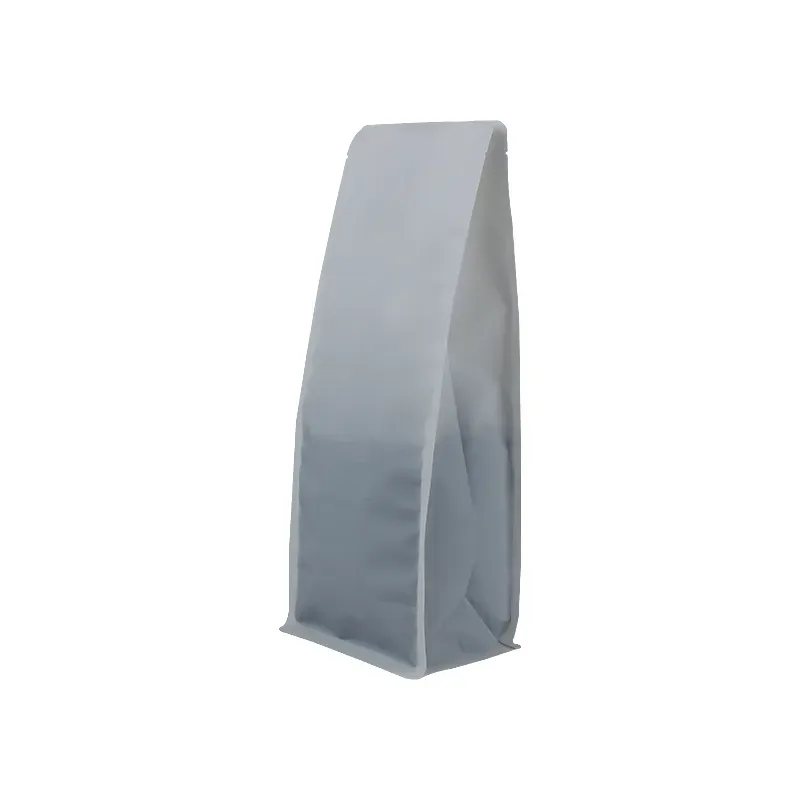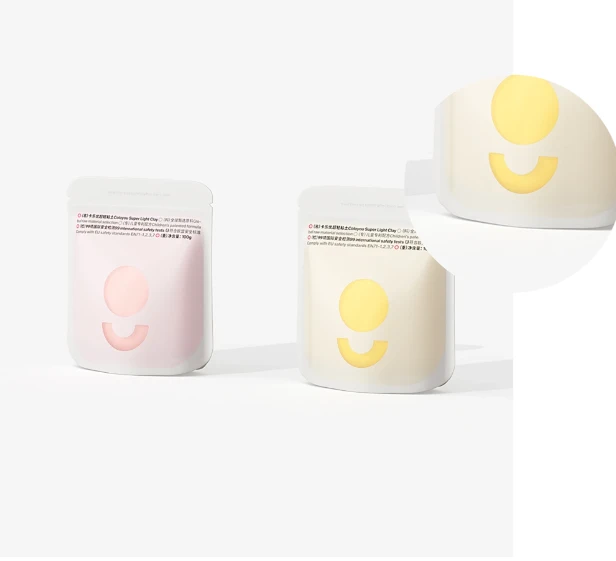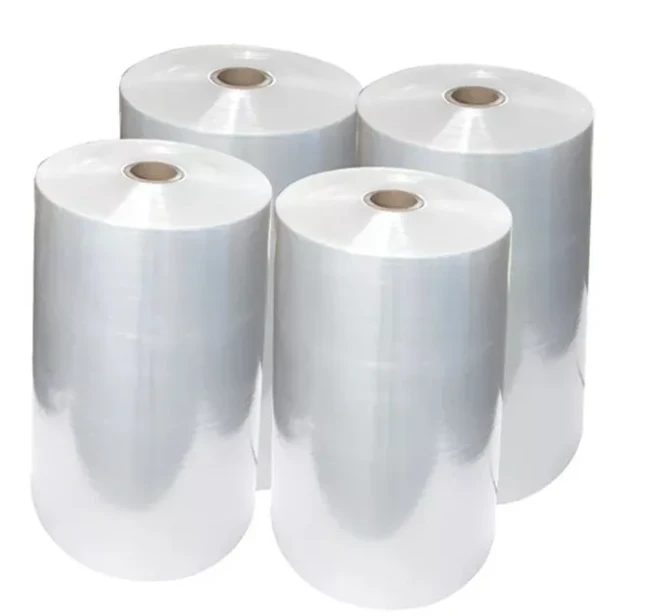- Afrikaans
- Albanian
- Amharic
- Arabic
- Armenian
- Azerbaijani
- Basque
- Belarusian
- Bengali
- Bosnian
- Bulgarian
- Catalan
- Cebuano
- chinese_simplified
- chinese_traditional
- Corsican
- Croatian
- Czech
- Danish
- Dutch
- English
- Esperanto
- Estonian
- Finnish
- French
- Frisian
- Galician
- Georgian
- German
- Greek
- Gujarati
- haitian_creole
- hausa
- hawaiian
- Hebrew
- Hindi
- Miao
- Hungarian
- Icelandic
- igbo
- Indonesian
- irish
- Italian
- Japanese
- Javanese
- Kannada
- kazakh
- Khmer
- Rwandese
- Korean
- Kurdish
- Kyrgyz
- Lao
- Latin
- Latvian
- Lithuanian
- Luxembourgish
- Macedonian
- Malgashi
- Malay
- Malayalam
- Maltese
- Maori
- Marathi
- Mongolian
- Myanmar
- Nepali
- Norwegian
- Norwegian
- Occitan
- Pashto
- Persian
- Polish
- Portuguese
- Punjabi
- Romanian
- Russian
- Samoan
- scottish-gaelic
- Serbian
- Sesotho
- Shona
- Sindhi
- Sinhala
- Slovak
- Slovenian
- Somali
- Spanish
- Sundanese
- Swahili
- Swedish
- Tagalog
- Tajik
- Tamil
- Tatar
- Telugu
- Thai
- Turkish
- Turkmen
- Ukrainian
- Urdu
- Uighur
- Uzbek
- Vietnamese
- Welsh
- Bantu
- Yiddish
- Yoruba
- Zulu
Creative Ideas for Embossing Techniques in Various Art Forms
Examples of Embossing Elevating Surface Elegance
Embossing is a fascinating technique that adds depth and dimension to various surfaces, transforming ordinary items into works of art. This method has been widely used across different industries, from packaging and greeting cards to textiles and leather goods. In this article, we will explore several compelling examples of embossing and its applications, showcasing how this technique enhances aesthetics and functionality.
1. Stationery and Greeting Cards
One of the most popular uses of embossing is in the production of stationery and greeting cards. The raised designs can include intricate patterns, logos, or personalized messages, giving cards an elegant touch. For instance, when a wedding invitation is embossed with the couple's initials, it elevates the overall presentation, creating a sense of luxury and personalization. Additionally, the tactile experience of running one’s fingers over embossed elements adds an interactive layer that flat printing simply cannot offer.
2
. PackagingIn the competitive world of packaging, brands constantly seek innovative ways to attract consumers’ attention. Embossing is one technique that stands out. By applying embossed textures to boxes or labels, companies can enhance their product’s visual appeal and perceived value. For example, luxury cosmetics brands often use embossed packaging to convey sophistication and quality. An embossed logo on a perfume box not only makes the product feel more premium but also reinforces brand identity in a crowded marketplace.
3. Leather Goods
examples of embossing

Another significant application of embossing is in leather goods. Designers often emboss leather products like handbags, wallets, and belts to create unique textures and patterns. For example, a designer might emboss a floral motif onto the leather surface, giving it a distinct look that stands out from plain leather. This technique can also be employed to include branding details or monograms, making items feel personalized and exclusive. The durability of embossed leather means that the designs can withstand wear and tear, maintaining their elegance over time.
4. Textiles
Embossing is also notable in the textile industry, where it is used to create dynamic patterns on fabrics. Upholstery and fashion designers frequently use embossed fabrics to add visual interest and depth to their creations. For example, an embossed geometric pattern on a sofa can make it a focal point in interior design, while embossed designs on clothing can create a unique, eye-catching element that elevates the garment’s overall style. This technique allows for the creation of fabrics that not only look beautiful but are also functional, as they may offer added durability.
5. Promotional Items
Promotional products heavily utilize embossing to create memorable items that stand out. Whether it’s embossed business cards, notebooks, or keychains, this technique helps businesses leave a lasting impression on their clients. An embossed logo on a business card can communicate a sense of professionalism and quality, helping companies elevate their branding efforts. Additionally, organizations often use embossed elements in their giveaways to attract attention and encourage use, ensuring their brand remains in the public eye.
Conclusion
Embossing is a versatile and effective technique that enhances the visual and tactile qualities of various products. From intricate designs on stationery to luxurious finishes on leather goods, the applications of embossing are vast and impactful. By incorporating embossing into their designs, creators can elevate the perceived value of their products, making them not just functional items but also visual and sensory experiences. As we continue to innovate in this space, the potential for creative expression through embossing is limitless, promising exciting developments in various industries in the future.













